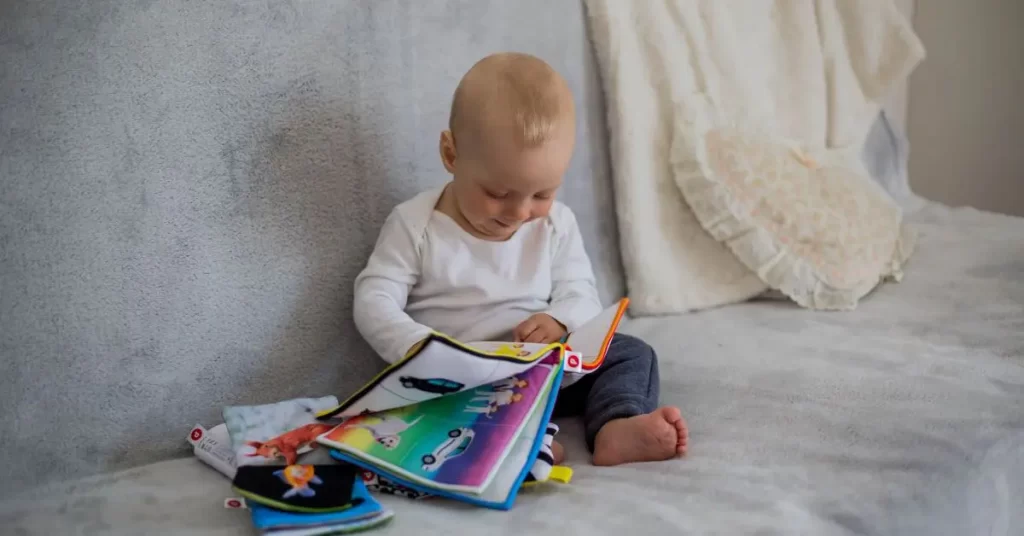How to Teach Your Child to Read Using Phonics and ASL ABCs
Teach Your Child to Read Using Phonics and ASL Using phonics to teach a child to read is incredibly beneficial. Phonics instruction focuses on the relationship between letters and their corresponding sounds, equipping children with the essential decoding skills they […]
How to Teach Your Child to Read Using Phonics and ASL ABCs Read More »












